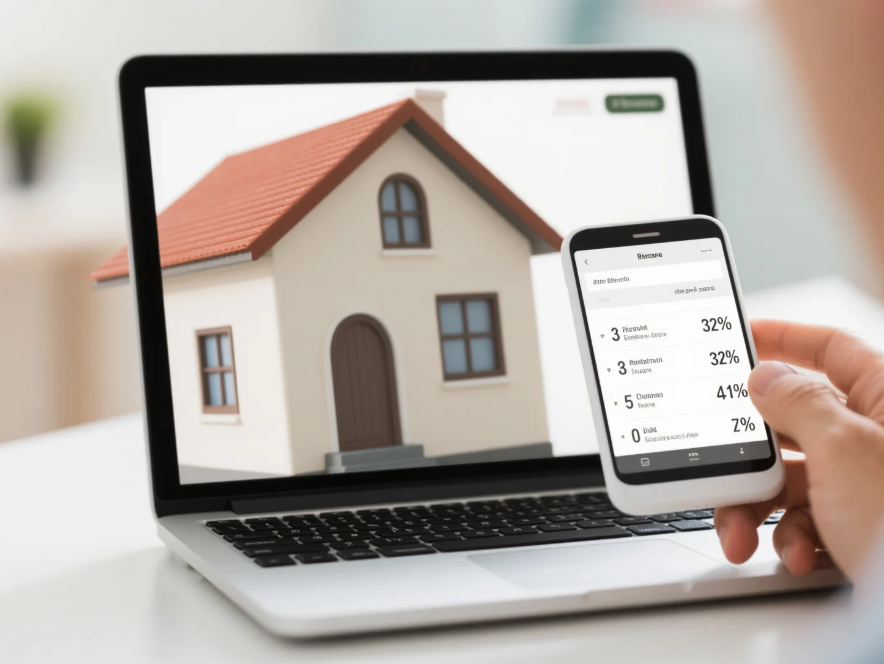2025 Home Loan Rates Guide: Smart Strategies for Buyers & Refinancers

Understanding current home loan rates requires analyzing multiple financial factors while anticipating market trends. This comprehensive guide examines 15 critical aspects of residential financing, providing actionable insights for buyers and homeowners considering mortgage rate comparison strategies.
Market Dynamics
Volatile mortgage rate trends now respond to Federal Reserve policies and global bond market fluctuations. Savvy borrowers utilize mortgage rate calculators to project long-term payment impacts across fixed and adjustable products. Competitive best mortgage rates often emerge through credit union partnerships and relationship-based discounts with major lenders.
Loan Product Analysis
Government-backed FHA loan rates remain accessible for borrowers with lower credit scores through streamlined approval processes. Military-focused VA loan rates offer competitive advantages with zero down payment requirements. High-value property seekers compare jumbo loan rates against conventional conforming limits to optimize financing costs.
Refinancing Opportunities
Strategic refinance home loan rates evaluations now consider breakeven timelines against closing costs in shifting markets. Cash-out home equity loan rates enable property value leveraging while maintaining primary mortgage terms. Hybrid adjustable rate mortgages attract short-term owners through initial rate discounts with conversion options.
Credit Optimization
Prime low interest home loans require FICO scores above 760 alongside stable employment histories. Specialized first-time home buyer loans combine educational resources with down payment assistance programs. Credit repair strategies for mortgage rate improvement focus on debt-to-income ratio optimization and credit utilization reduction.
Rate Lock Strategies
Time-sensitive mortgage rate lock decisions balance market forecasts against loan processing timelines. Float-down mortgage rate lock options provide security against rate drops during construction delays. Extended lock periods now accommodate complex purchases through premium fee structures.
Institutional Comparisons
Digital mortgage rate comparison tools aggregate real-time data from traditional banks and online lenders. Regional variations in bank mortgage rates versus credit union offerings necessitate localized market analysis. Portfolio non-QM loan rates cater to self-employed borrowers through alternative income verification methods.
Economic Influences
- Federal Reserve interest rate decisions
- 10-Year Treasury yield correlations
- Housing Price Index (HPI) growth rates
- Employment market stability metrics
- Inflation protection clauses in ARM products
Emerging Alternatives
Blockchain-based digital mortgage rates introduce automated underwriting through smart contract verification. Green energy-efficient home loan rates offer incentives for solar panel installations and LEED-certified upgrades. Reverse senior home loan rates provide cash flow solutions through home equity conversion mechanisms.
Regulatory Considerations
TRID-compliant mortgage rate disclosures now mandate detailed closing cost breakdowns within loan estimates. State-specific mortgage rate regulations affect maximum APR thresholds and prepayment penalty structures. CFPB-monitored fair lending rates enforce anti-discrimination practices across demographic groups.